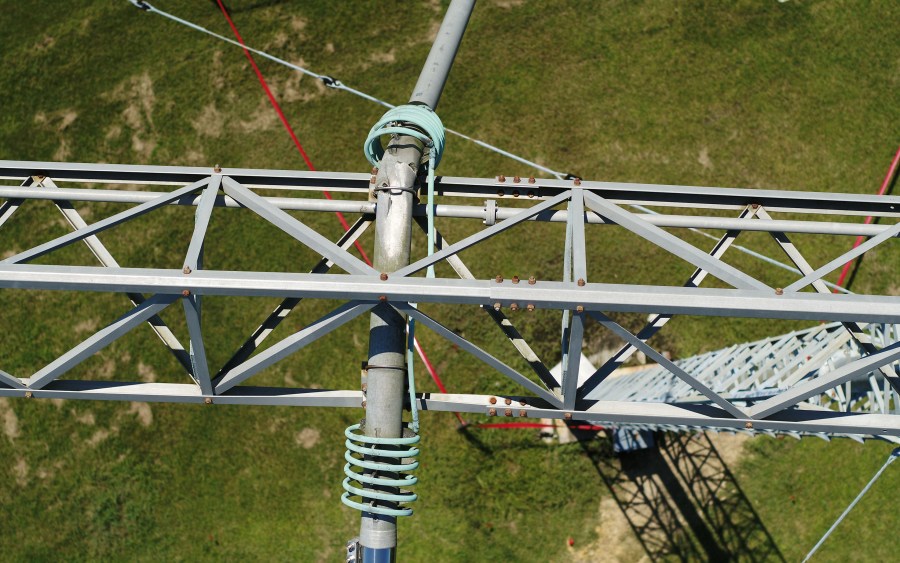BAY ST. LOUIS, Miss. (WGNO) — Piloting Unmanned Aircraft Systems, commonly called drones, are not just for fun any longer.
One might encounter drone technology as a toy. Small four-propeller drones entertain in households, crashing into assorted items and performing aerial stunts under the remote piloting skill of children. However, NASA’s trained drone pilots are imagining new ways to make small remote aircraft like these useful.
“Stennis is using drone technology to cut costs, increase productivity, and most importantly, reduce risk exposure to personnel,” said Jason Peterson, NASA’s range and aviation operations manager at Stennis. “Drone technology has multiple capabilities and applications. A drone is a tool in your toolkit, and just like every other tool, it has a purpose and limitations, but drones are proving very advantageous in many situations.”
Given modern lightweight cameras and other sensors, drones become highly innovative and versatile flying tools. NASA is using drone technology for a variety of reasons, such as aerial imagery, inspections, and mapping.

Flights recently recorded imagery of the RS-25’s latest test on Feb. 24 at Stennis. Information gleaned from the video is instrumental in future test planning by showing how the oxygen behaves at maximum discharge.
Drones at Stennis also track construction progress and record data for historical purposes. The imagery from the aerial cameras provides a high-quality digital record with time marks.
For instance, last year, a drone captured the only 4K imagery of the historic hot fire test of NASA’s Space Launch System core stage on the B-2 Test Stand. The hot fire was the most powerful test at Stennis in more than 40 years, and the drone’s 4K imagery provided four times the resolution of high-definition ground cameras.
Using drones to conduct inspections of such hard-to-reach places also helps to significantly reduce inspection times.
Drones at Stennis and NASA’s Michoud Assembly Facility in New Orleans also captured imagery of damaged roofs after Hurricanes Zeta and Ida. The aerial imagery gave center leadership the ability quickly to assess the rooftop damage and relay that information to NASA Headquarters in Washington.

Safety is another significant advantage of drone usage. Drones offer unique capabilities to get close views of potentially life-threatening situations.
“We had an issue with one of the arrays located on our high-frequency antenna,” Peterson said. “The array was damaged and presented a safety issue for personnel on the ground. With the drone, we were able to safely inspect the antenna, figure out the issue, and order a part. This drone footage resulted in cost savings of approximately $10,000, eliminated the exposure risk of personnel climbing the tower, and reduced downtime.”
NASA is not the only organization using drones at Stennis. Currently, NASA and Innovative Imaging and Research have drones that frequently fly the Stennis sky. Depending on each drone’s payload, software, and data collected, drones supply unique, easily deployed vantage points.
“I see drones taking on a larger operations and maintenance role as the technology continues to grow and we expand our program,” Peterson said. “We are looking into expanding payloads and moving towards electro-optical/infra-red operations that will allow us to inspect buildings, critical infrastructures, and utilities such as power lines and substations.”





